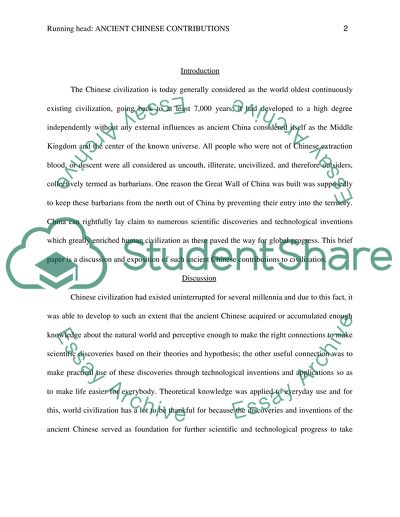Cite this document
(“Ancient Chinese Contributions Essay Example | Topics and Well Written Essays - 1000 words - 2”, n.d.)
Ancient Chinese Contributions Essay Example | Topics and Well Written Essays - 1000 words - 2. Retrieved from https://studentshare.org/religion-and-theology/1628957-ancient-chinese-contributions
Ancient Chinese Contributions Essay Example | Topics and Well Written Essays - 1000 words - 2. Retrieved from https://studentshare.org/religion-and-theology/1628957-ancient-chinese-contributions
(Ancient Chinese Contributions Essay Example | Topics and Well Written Essays - 1000 Words - 2)
Ancient Chinese Contributions Essay Example | Topics and Well Written Essays - 1000 Words - 2. https://studentshare.org/religion-and-theology/1628957-ancient-chinese-contributions.
Ancient Chinese Contributions Essay Example | Topics and Well Written Essays - 1000 Words - 2. https://studentshare.org/religion-and-theology/1628957-ancient-chinese-contributions.
“Ancient Chinese Contributions Essay Example | Topics and Well Written Essays - 1000 Words - 2”, n.d. https://studentshare.org/religion-and-theology/1628957-ancient-chinese-contributions.


